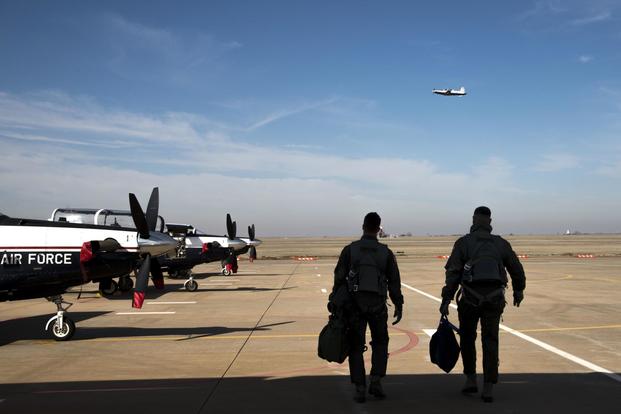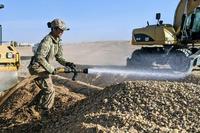NATIONAL HARBOR, Md. -- Air Force leaders said Tuesday the service must rely more on rapid prototyping to regain service members' trust, which has eroded after failing to involve them more in building the equipment they take to war.
"I think the foundational issue here is trust. The users don't trust us to deliver, and they don't think they will ever get another look at the requirements again," Lt. Gen. Robert McMurry Jr., commander of the Air Force Life Cycle Management Center, told an audience at the Air Force Association's Air, Space & Cyber Conference.
Like all the services, the Air Force has made acquisition reform a key priority in an effort to reduce the amount of time it takes to develop and field major combat systems.
McMurry stressed the "idea of incremental deliveries ... and another bite at the apple is absolutely key to us getting to a requirements process that works."
"We have got to be able to say, 'We'll give you something, you evaluate it; you'll get another look at it,' " he said. "When you get that confidence that the team is going to deliver and deliver something useful and you are going to get to amend that and work with it -- that is when you get a real discussion on requirements."
Lt. Gen. John Thompson, commander of Air Force Space Command's Space and Missile Systems Center, agreed that the service must move away from its "addiction" to program requirements with hundreds of pages of capabilities development documents.
There are many ways to do "experimentation, demonstration and prototyping" to refine capabilities before they are made programs of record, "so that you know what you are getting when you get it," he said.
Making sure service members are more deeply involved in prototyping to develop requirements will help program officials get to the "80 percent of what we need" and then "incrementally improve it for a program of record at some point," Thompson said, adding that "that whole process will develop the trust that we need."
-- Matthew Cox can be reached at matthew.cox@military.com.














